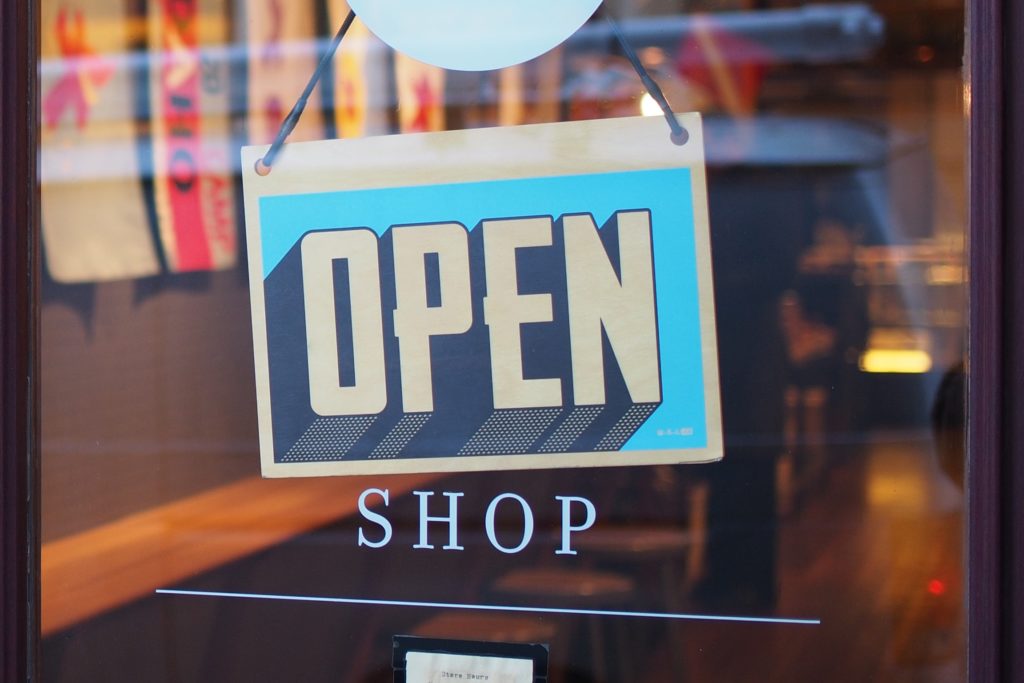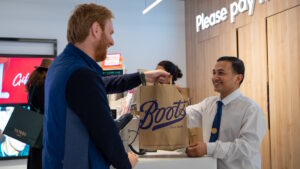As every business gets to grips with the new normal, and prepares to emerge from it, New Digital Age has launched a series featuring tips on best practice for success.
By Mark Wilson, Associate VP at Analytic Partners
As many retail stores remain closed and consumers move online or stop spending in preparation for the likely recession to come, it would be tempting for retail brands to pull the plug on all advertising and marketing activity for the foreseeable future.
But recent history shows us that it is the brands who hold their nerve and continue to invest that will survive and thrive in the long-term.
In their seminal 2010 article in the Harvard Business Review, Roaring Out of the Recession, Ranjay Gulati, Nitin Nohria and Franz Wohlgezogen noted that only 9% of the almost 5,000 companies they analysed managed to flourish after recession; emerging in better shape than when they entered it.
And one of the key hallmarks of their success was the ability to adapt to the situation – cost-cutting where needed – while protecting and continuing investment in marketing and advertising.
From studying brand performance in the recession post the 2008 financial crash we found that media drives growth even during a recession with brands who increased media investment realising approximately 17% growth in incremental sales. Indeed, more than half (52%) of brands that increased marketing investment saw year-to-year ROI growth over a 2-year period, while lower media investment drove 75% of losses in incremental sales during the last recession.
Drawing on our own research, we predict that a brand that reduces its media spend in 2020 by $50MM will stand to lose $130MM in revenue in 2020 alone and when factoring in the long term implications of this reduction this number increases substantially to well over $300MM.
These are lessons that the retail industry should heed, but it would be a tone-deaf marketer that carried on regardless with their pre-recession plans. And it would be a brave, and somewhat reckless, marketer that said no budget should be cut.
In a crisis there is a tendency to cut long-term initiatives like branding and innovation and retain things that bring short-term benefit. However, the companies that thrive in and beyond a downturn are those who continue to invest in the long term.
Retail brands must equip themselves to understand where their strengths lie in terms of business impact and ROI and other marketing metrics. Add in an understanding of competitor behavior (if they cut and run, you may be able to keep steady while spending less) and retail brands will be able to flex and change their approach and messaging to successfully navigate the three stages of disruption: Crisis; Stabilisation and Revitalisation.
The Crisis Stage:
This stage is characteristically one of high uncertainty with new information on a daily if not hourly basis. Brands must first manage the message by pulling any creative that would be deemed offensive or inappropriate in today’s climate.
It’s also essential to shift to a more emotional and human tone. Don’t be promotional unless you are offering something that will help people with an immediate need. Now is not the time to drive tactical product sales or customer acquisition; now is the time to show you are a brand that cares.
Brands must then manage their marketing mix. As the world adapts to lockdown, out of home advertising just isn’t relevant at the moment, and while more people may be watching TV, the context of programming – greater news consumption and more repeats due to production slowdowns – will impact how your message is received.
While the nature of the marketing changes, it’s important to keep going and stay connected with your customers by: gaining a share of voice (not going dark), being authentic and not opportunistic, being sensitive and displaying empathy with the current situation and by considering ways to help such as in non-profit partnerships or in speeding-up access to much-needed business loans or financial support.
Marketing measurement continues to be an essential part of the marketer’s toolkit as a misstep now will undermine years, if not decades, of brand-building.
The Stabilisation Phase:
Characterised by an adjustment to new norms and a slower pace of information the stabalisation phase sees more ‘knowns’ than ‘unknowns’ emerging. During this phase, marketers should intervene – but not overreact – supporting the brand through continuation of advertising which is crucial for success not only during a recession but also in order to succeed in the years to come.
This is the time to really focus on your brand equity messaging; making it clear what your brand stands for. Messaging that focuses on the values of a brand outperforms product, promotion or functionality messaging 80% of the time. Consumers want brands to use a reassuring tone, offer a positive perspective and communicate brand values.
The Revitalisation Stage:
The world will begin to shift gear with steady progress to economic recovery, but this could still entail being in recession for some time and could involve more permanent shifts in consumer behaviors, attitudes and routines.
The ability for business leaders to shift to ‘I know’ from ‘I think’ as fast as they can, will be a game changer for retail brands.
Planning for the future should be happening now. Marketing ‘wargaming’, scenario planning or Live Modeling, ideally driven by real time consumer and effectiveness data rather than historic results, will unlock the vista of the recovery.
History shows us that in a crisis, managing the message and carefully crafting communication is key during the early stages, alongside adjusting and tuning your marketing mix appropriately to different global and local regions as well as across marketing channels.
Through scenario planning on what possible new norms may exist, and by war-gaming what your competitors may do, you can balance the marketing portfolio appropriately and equip teams to be able to adjust quickly and not only survive, but thrive, in the times ahead.
We can all learn from history.










